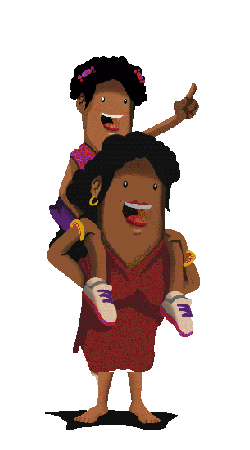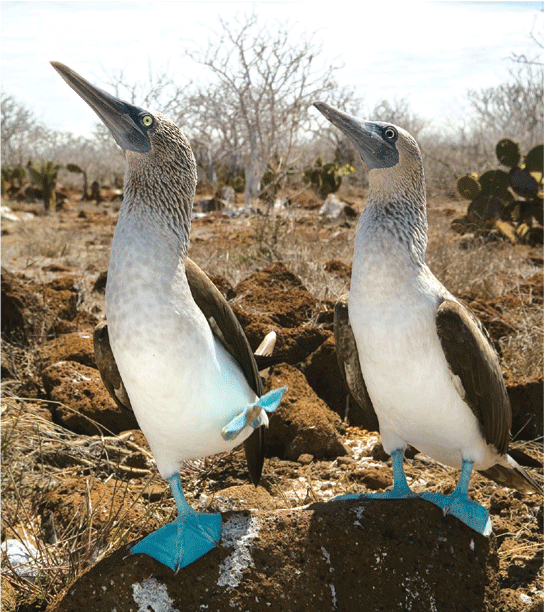
Description
Geography
Activities
allowed
Existing
facilities
Documents and
recommendations
Videos
How to get?
At the entrance of Guayaquil’s Gulf and in front of Puna island lies this small island, whose main inhabitants are thousands of seabirds, which is why is is a declared marine reserve. In it, frigatebirds, blue-footed boobies and pelicans find a place to eat, rest, court and nest. The protected area includes the island of Santa Clara, the surrounding islands and a buffer of two nautical miles around them. The island and islets are connected, and at low tide you can walk across. The abundance of nutrients in the wateris why the are is so productive; indeed it is one of the highest on the continental coast of Ecuador where many species meet, some of which are of local commercial interest.
In 2002 this area was declarated a Ramsar wetland of international significance

From Guayaquil. To get here you head towards Machala ( 186 km). In this city you'll find signs to the port of Puerto Bolivar ( 7 km), where you can catch a boat. The boats take two hours to the island.
Vela Street between 25 de Junio and Sucre. Ex - PREDESUR Building , 5th floor. Machala. El Oro province.
(07) 293-4596

Culture, biodiversity and attractions
Due to its strategic location, the island was important to its ancient inhabitants. It is thought that it was a place of sacred worship for some pre-Hispanic cultures, and that the ancient inhabitants of the Gulf of Guayaquil used its channels for commerce along the South American coast and for defence in the Gulf. It's strategic position for defence continued during colonial times, when the island's inhabitants fought with the pirates who tried to storm ships that had sailed from Guayaquil. In 1747, a lighthouse (that continues to function) was installed. There are thousands of birds on the island; including an estimated 14,000 frigatebirds, 5,000 blue-footed boobies and 4,000 pelicans. Undoubtedly, it is the largest colonies of these species around continental Ecuador. For this reason, the area was declared a Ramsar site in 2002 and is included in the list of wetlands of international importance. If you look underwater, you can find fish such as pinchagua, the chuhueco, mackerel, sardines, anchovies, sea bass, catfish and redfish. Furthermore, there have been reports of humpback whales, common dolphins and sea lions. Currently on the island of Santa Clara there is a scientific station managed by the Oceanographic Institute of the Navy (INOCAR) in partnership with the Ministry of Environment.

NOTE. The island has no tourist facilities but can be visited by boat to observe birdlife. Also near the island you can see whales, especially between June and August. At low tide, with a small boat, you can access the mainland for hiking with watching sea lions, birds and reptiles.





Coordinate the visit with the Ministry of Environment to meet existing regulations and rules.







